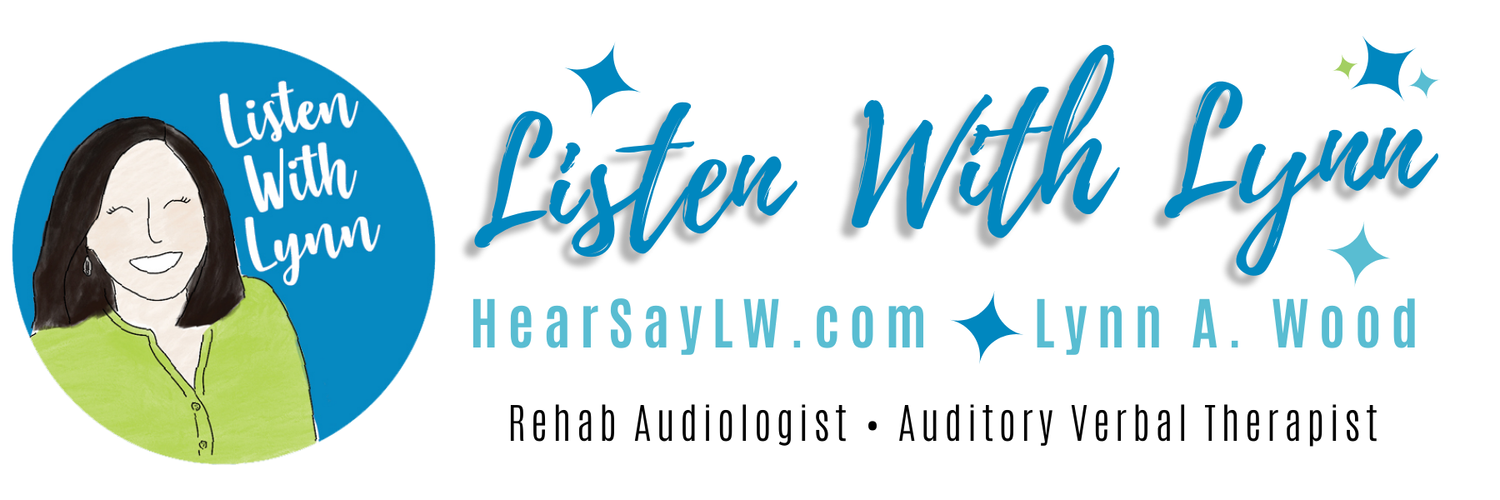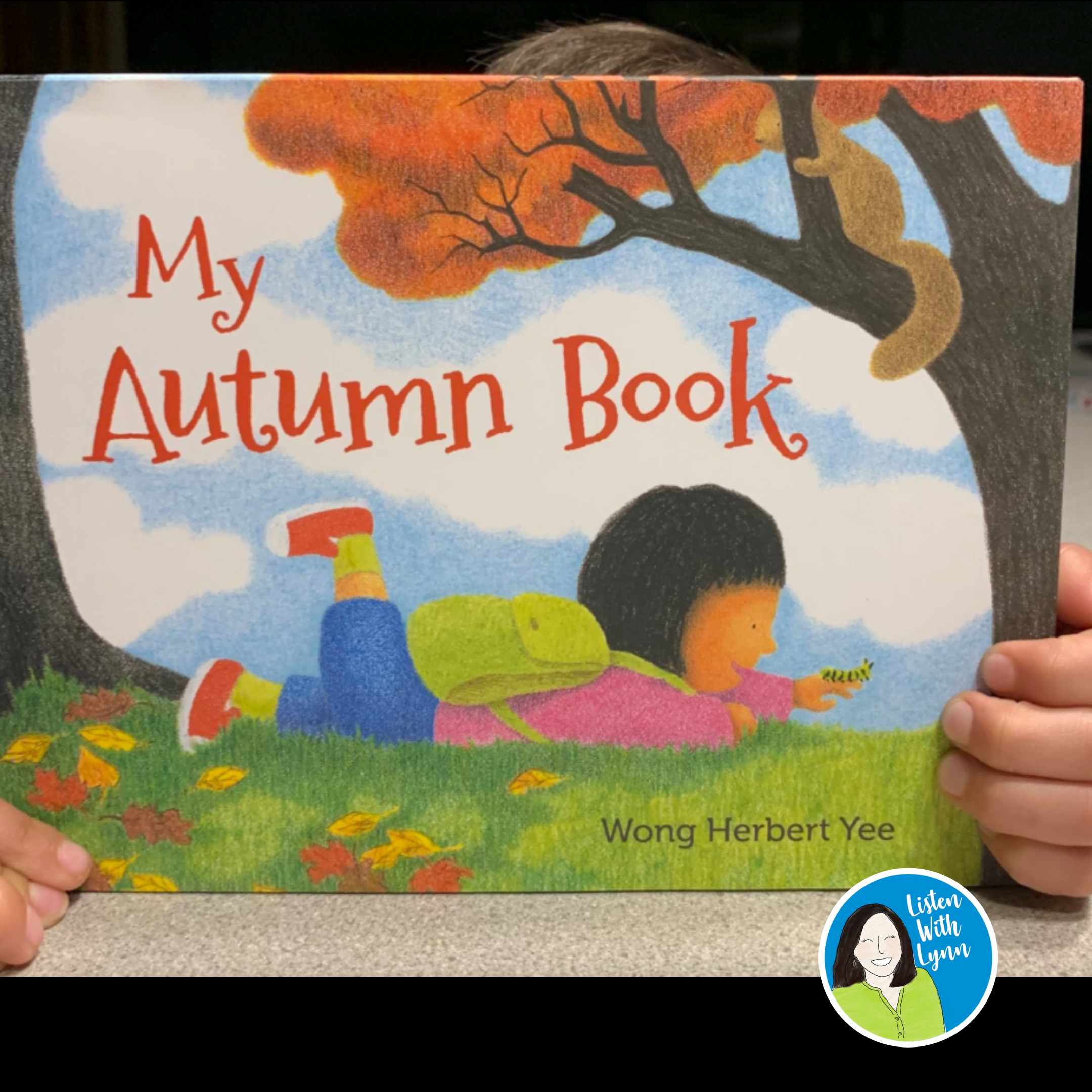My Autumn Book by Wong Herbert Yee is one of my favorite fall read-aloud stories to build Listening and Spoken Language (LSL) and literacy skills for young children who are deaf and hard of hearing. Here are some tips to try with your own child or in a therapy session or school lesson.
L - LANGUAGE
It's a rhyming story of an adventurous child with spectacular illustrations and vivid descriptions that build vocabulary.
➼. TRY THIS: Talk about trees. Expand vocabulary to include the ginkgo, willow, elm, birch, and beech trees. Notice the descriptions. "Oak change into a suit of rust-brown. Ash cloaked in yellow. Maple wears red. Aspen, a crown of gold on its head."
S - STORY ACTIVITY
The child has a trusty backpack with a camera, pencil, and sketchbook to record and keep her treasures.
➼ TRY THIS: Go on a walk. Collect leaves, feathers, acorns then help the child make their own "autumn book".
L - LISTENING
➼ TRY THIS: Encourage the child to sit and attend to the broad vocabulary and deep content of this delightful book. They may even become better listeners in school.
The story mentions cicadas, squirrels hoarding nuts, temperature changes, and countless things young kids are beginning to notice without feeling like it's complicated or overly educational.








